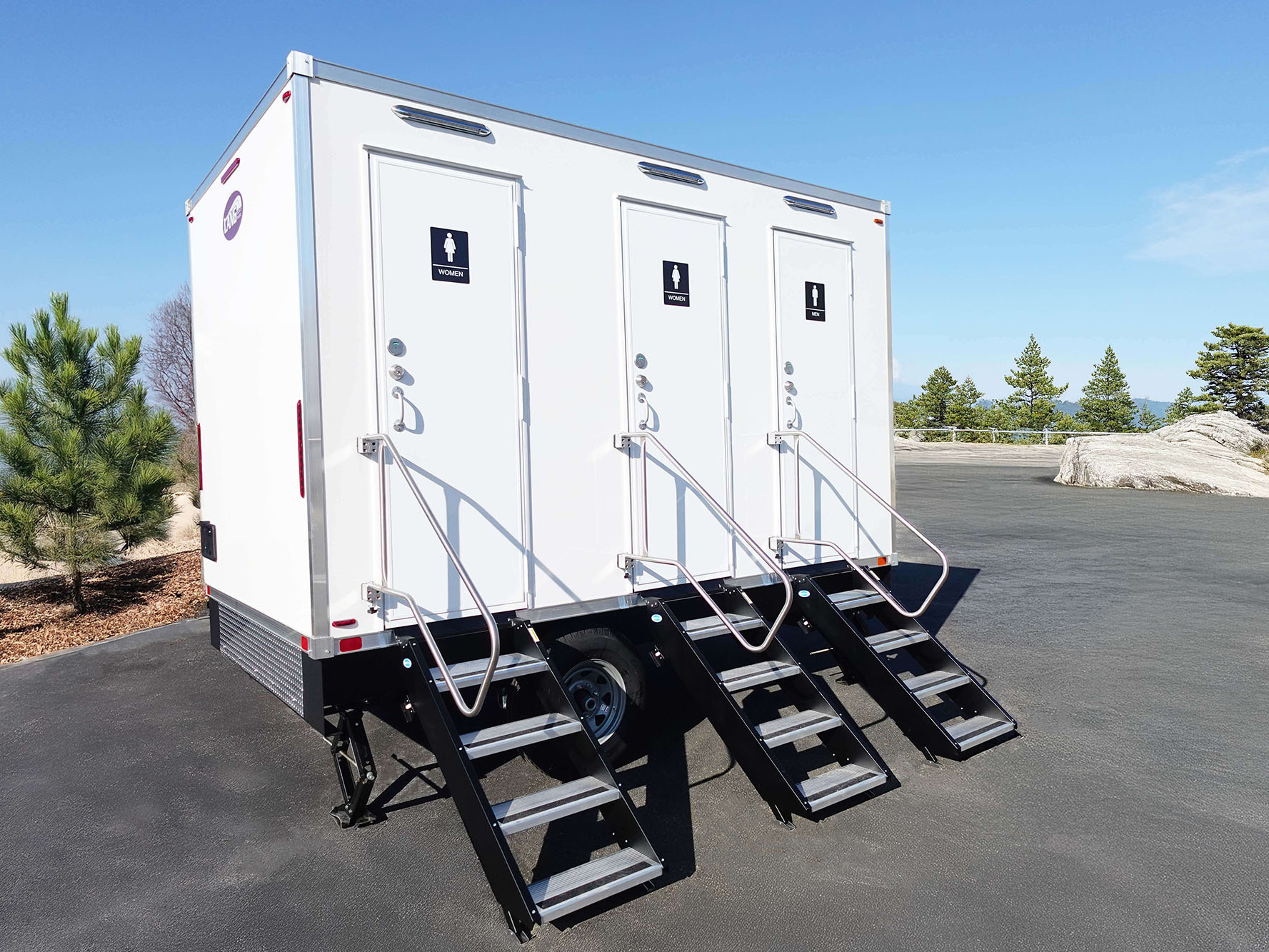The 'Goods
Tap into the rental industry with the latest tips, trends, and renting insights.
June 12, 2025
How 28-Day Billing Unlocks an Extra Billing Cycle
“Billing cycles are a critical component of a business’s financial infrastructure.” – Mural Pay…
May 1, 2025
How to Increase Profit Margin | How to Make More Money for Rental Businesses
“Rental businesses often have up to $20,000 hiding in plain sight.” – The Warnick Group 🎶…
March 27, 2025
Best Practices in Website Design for Event Rentals
“Small businesses with websites grow 2X as fast as those without.” – Businessdasher.com…
March 20, 2025
Best Party Tents to Buy | Top Tent Manufacturers
Are you in the market for a party tent to buy but unsure where to start? Choosing the right party tent is crucial…
March 18, 2025
Free Party Rental Contract Template | Guide to Rental Contracts
Differences Between Equipment Rental Contracts and Party Rental Contracts Key Components of Equipment Rental…
March 10, 2025
Rental Inventory Management | Expert Tips & Advice
Say it with us! Rental inventory management is a headache. Yeah. We know. Rental inventory management is one of…
February 28, 2025
Is it Worth it to Start a Restroom Trailer Business?
“A $40,000 investment in a high-end restroom trailer can yield a monthly income of around $6,000.” Lang Specialty…
February 20, 2025
Route Planning for Delivery | Best Practices for Rental Businesses
How efficient is your delivery route planning, really? If you’re like many businesses, there’s a good chance you’re…
February 15, 2025
How to Price Rental Items + Rental Rate Calculator
Jump to Rental Pricing Calculator Types of Pricing Market Research Pricing Calculator Other Costs to Consider Best…
January 27, 2025
A Step-by-Step Guide to Google Ads for Party Rental Businesses
Businesses make an average of $2 for every $1 spent on Google Ads. Google’s Economic Impact Report Did…
January 15, 2025
Become a Preferred Vendor of a Venue in 2025
Being a “preferred vendor” shows potential customers that a venue trusts your business, and that you will do a good job. DJay…
January 5, 2025
What are Serial Numbers and Should You Use Them?
Managing your inventory effectively is crucial, especially for those dealing with small-scale equipment or…
December 18, 2024
How to Make This Slow Season Your Last Slow Season
If you’re in the party and event rental industry, you know all too well the rollercoaster ride that comes…
November 16, 2024
How to Start a Party Rental Business | 5 Steps to Success
“Party rental businesses enjoy an impressive 10-15% profit margin, surpassing the average retail business.”…
November 7, 2024
Top 3 Party Tent Heaters for Outdoor Events
When the temperatures drop, hosting outdoor events can get tricky. No one wants chilly guests, and that’s…















